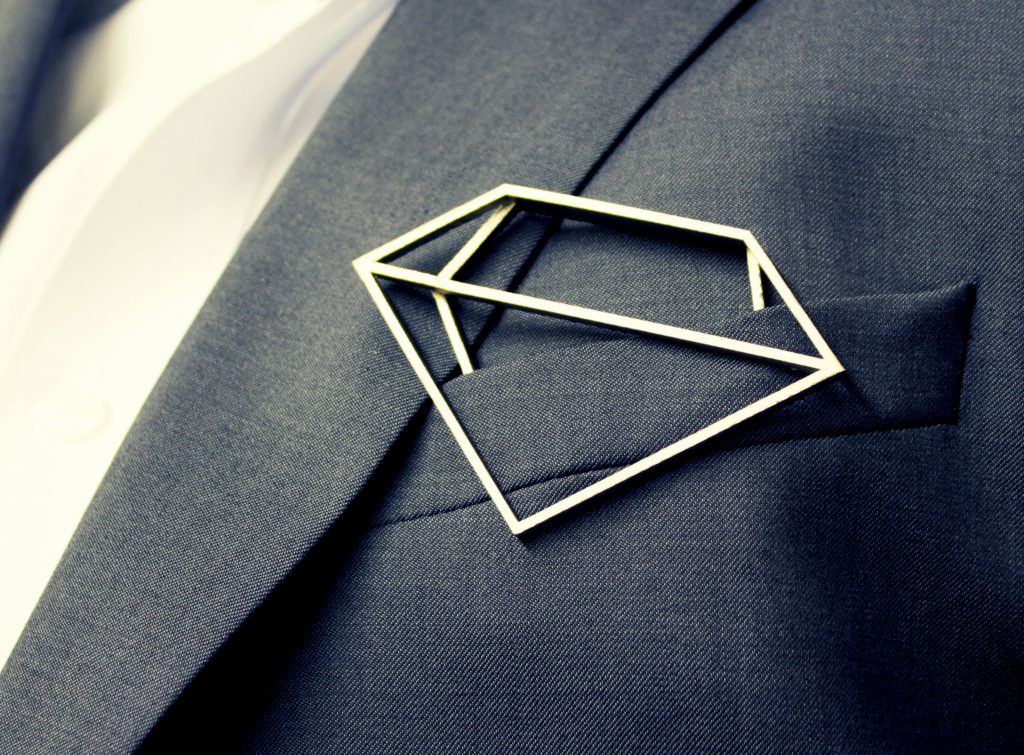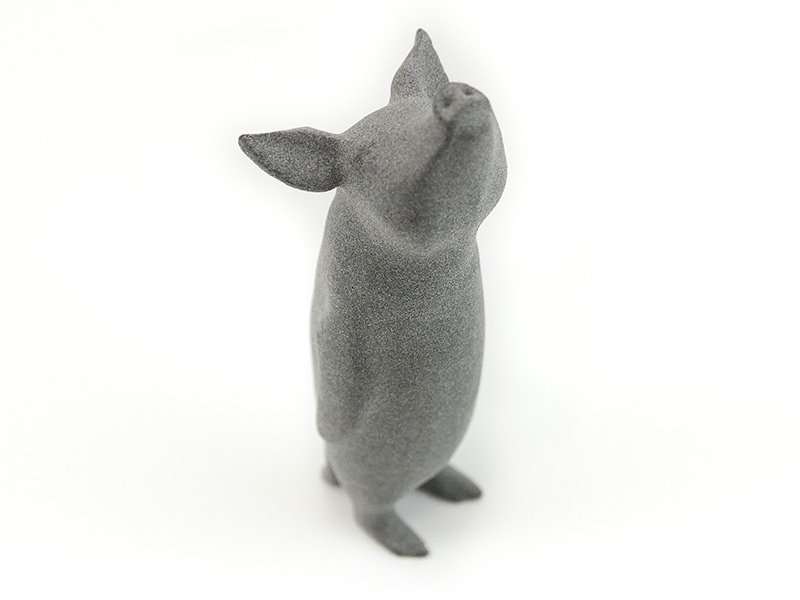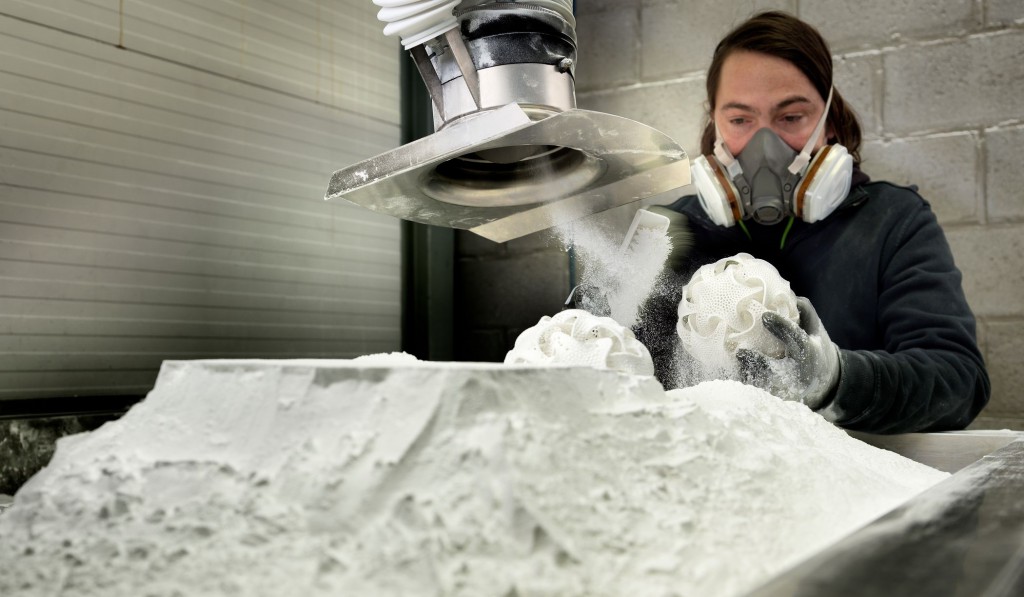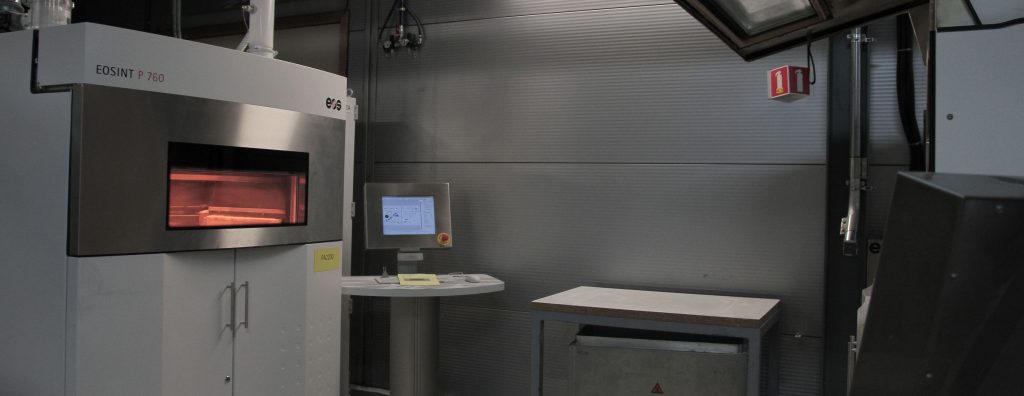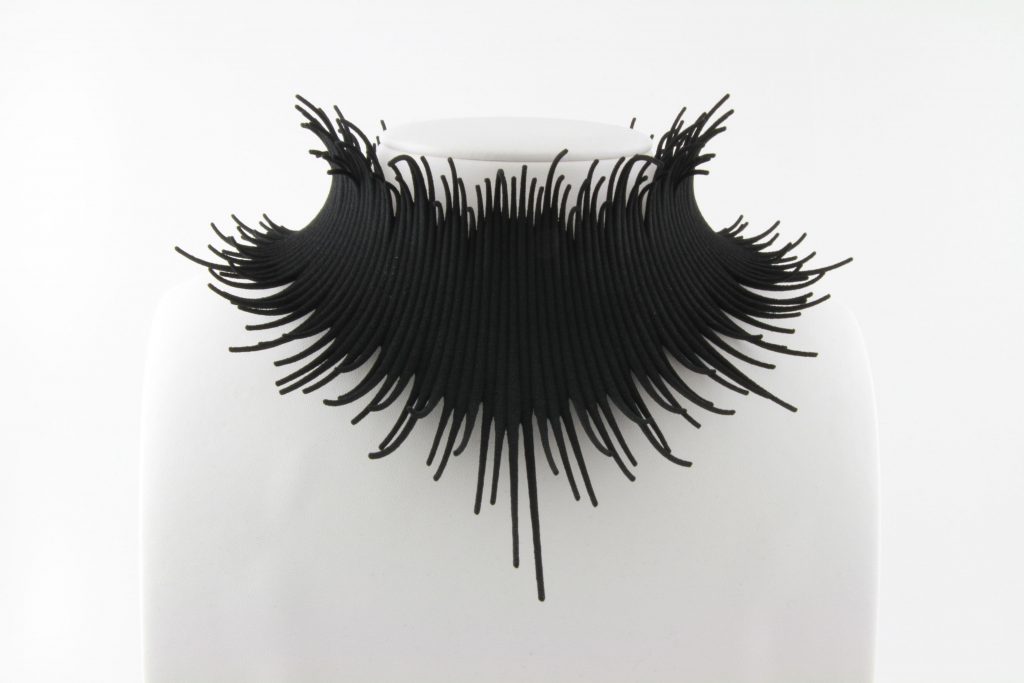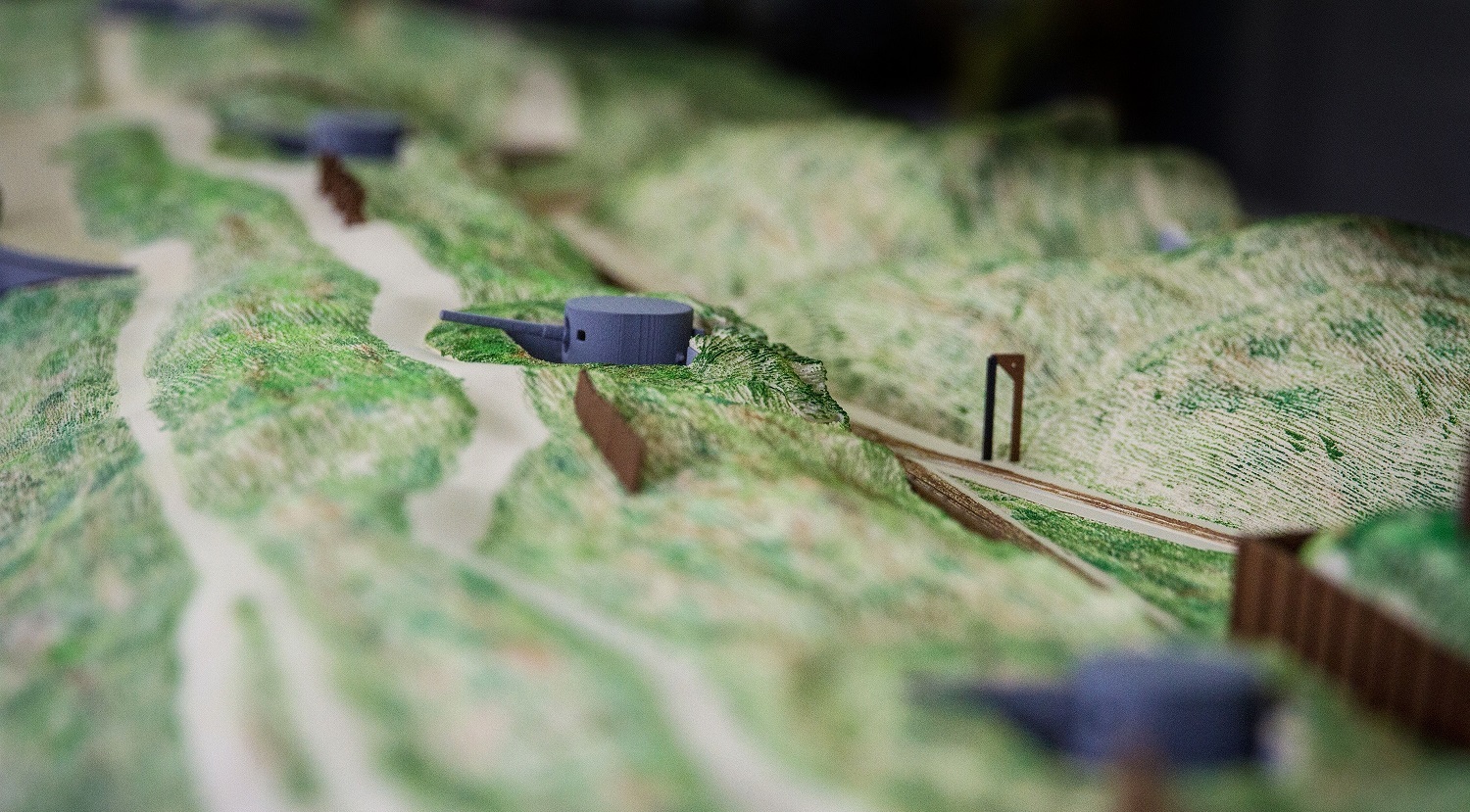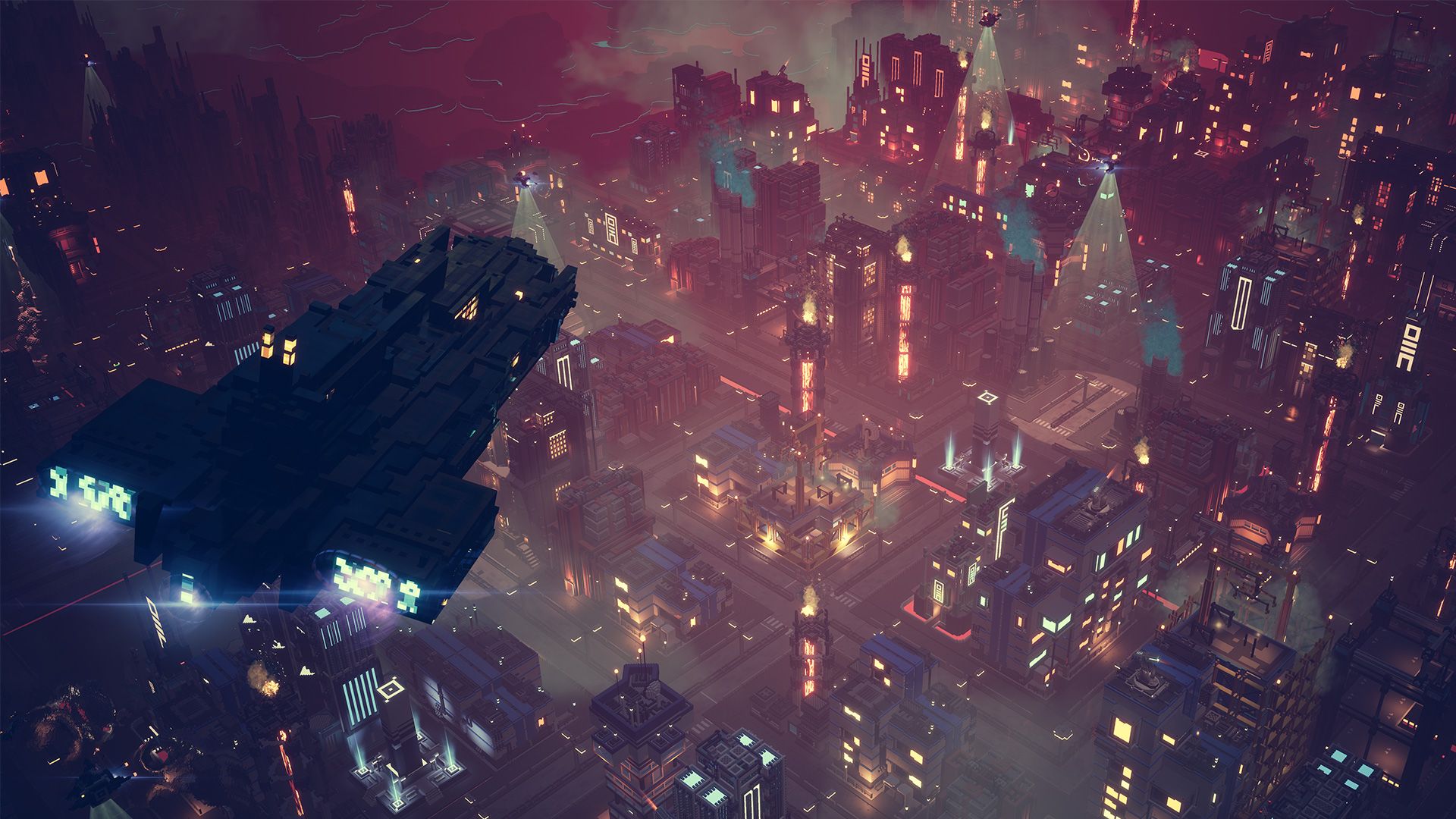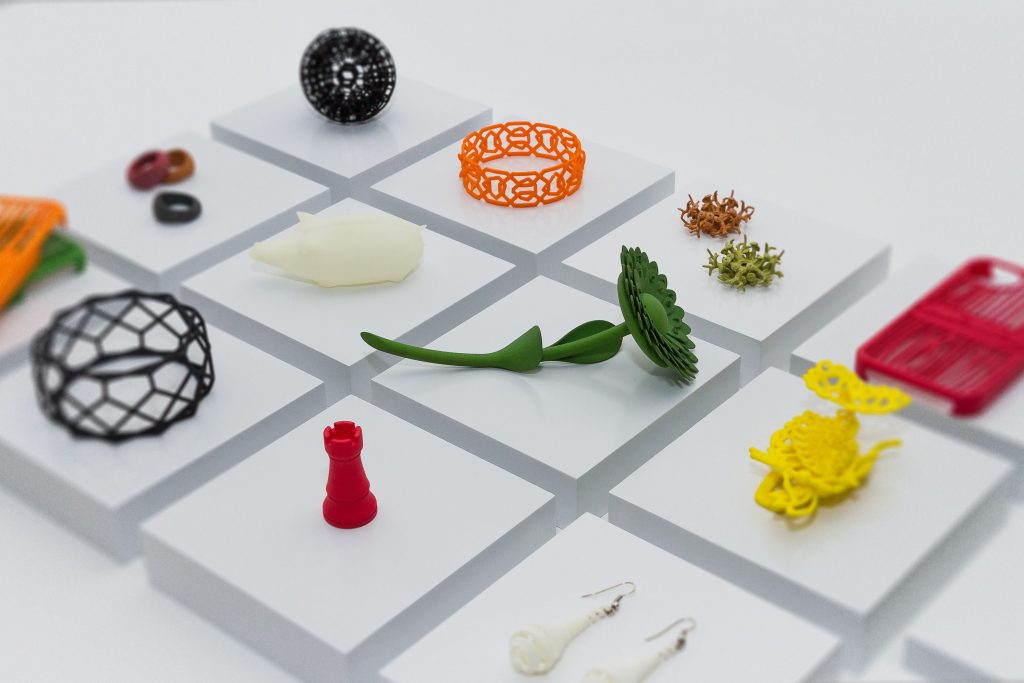
3D Printing For Beginners: A Dictionary
3D printing is fascinating and intricate at the same time, and understanding every 3D printing concept can be overwhelming when you are just starting out. Learning the different materials and technologies gets even more complicated with the often complex 3D printing terminology.
You might have asked yourself if SLS is the same as SLA, or if PA is similar to PLA.
Don’t worry, we’ve got you covered! We want to make it easier for you to start 3D printing with this 3D printing vocabulary list: it explains the most common acronyms for 3D printing in just one place. Don’t let the 3D printing jargon get in your way of becoming a 3D expert.
AM — additive manufacturing
Additive Manufacturing is frequently used as a synonym of 3D printing. Additive technologies are defined as the process of joining materials to make 3D objects. AM is the opposite to subtractive manufacturing technologies, which remove material to form an object.
ABS — acrylonitrile butadiene styrene
You don’t have to learn its complicated name by heart to become a 3D printing master. But you do have to know that ABS is a plastic from the thermoplastic polymer family. This material, in the form of a filament, is used on FDM printers that heat it up until it melts to create the desired models.
What is an FDM printer, you ask? Keep reading to learn more about this 3D printing technology.
CAD — computer-aided design
This term describes all the design software used to create, modify, analyze, or optimize a design. CAD programs are used by engineers and 3D designers to create and modify the models they want to 3D print.
DMLS — direct metal laser sintering
There are different techniques for 3D printing metals. When laser-based 3D printing technologies use powdered metals, we talk about direct metal laser sintering. The principle here is the same as with SLS: The 3D printing machine distributes a thin layer of metallic powder while a high-powered laser binds the selected parts together. We use DMLS technology to print in aluminum and titanium.
FDM — fused deposition modeling
This is a very popular 3D printing technology among starters. FDM machines build 3D models layer by layer by heating and extruding thermoplastic material filaments such as ABS. This technology was created in 1988 and patented the next year by S. Scott and Lisa Crump, the founders of Stratasys Crump. Until 2009, the term FFF or fused filament fabrication was used to avoid the legally constrained term.
Most home 3D printers use this technology, but you can use FDM industrial 3D printers to create high-quality models and finishes. Read more about FDM technology on our blog.
FFF — fused filament fabrication
This term is a synonym of FDM. It was coined by members of the RepRap Project to be used instead of FDM, a concept that was under legal patent restrictions until 2009.
MJF — Multi Jet Fusion (HP)
This HP technology for 3D printing is similar to selective laser sintering, but instead of lasers, it jets a fusing agent to melt together very fine grains of powder, resulting in a strong but flexible material. MJF is available on i.materialise and is the best option for sturdy polyamide models with detailed surfaces or thinner walls.
PA — Polyamide
Polyamide (SLS) is a fine, white granular powder used in SLS 3D printing technologies. The natural finish for Polyamide feels slightly sandy and granular to the touch, but the material offers a wide range of finishes and colors as well as nearly unlimited freedom of design. That’s why this material, also known as nylon plastic, is the favorite of many 3D artists and designers.
PLA — polylactic acid
This 3D printing material, sometimes known as biopolymer, is also used in the form of a filament on FDM 3D printing machines. This thermoplastic is made from renewable raw materials such as plants, e.g. sugarcane, soya, corn or potatoes, and it can have a sweet smell when burned. PLA is a very popular material for home printers because it’s easy to use and cost-efficient, but it’s more brittle than ABS.
SL/SLA — stereolithography
SL or SLA stands for stereolithography, a 3D printing process that uses liquid resins. Stereolithography is used on big printers, like our Mammoth machines, which can print models of up to 2.1 meters. This process takes place in large tanks where a layer of liquid polymer is spread over a platform. Some areas are hardened by a UV laser to become the layers that make up the 3D-printed model. One layer of liquid is spread on top of another until the model is complete and the excess liquid flows away. Watch this video to see stereolithography in action.
SLS — selective laser sintering
Selective laser sintering is a 3D printing technology based on powder. The printer is heated up until below the melting point and a fine layer of powder is spread. After that, a laser beam heats the parts that need to be sintered together above the melting point. The powder particles reached by the laser are fused together while the rest remains loose powder.
The main advantage of this technology is that no supporting structure is needed, so it allows very complex designs and even interlocking and moving parts.
.STL
STL is the name of a very common 3D printing file format. The files generated by CAD programs usually have the extension .STL. It’s supported by most 3D design and printing software and is probably the most common file format used for 3D printing. Where the word comes from remains confusing: while it’s commonly seen as an abbreviation of STereoLithography, sometimes it is also thought to be an acronym for “standard triangle language” or “standard tessellation language.”
TPU — thermoplastic polyurethane
Our rubber-like prints are made with a material called TPU 92A-1. The complete technical name comes from the combination of the acronym for thermoplastic polyurethane, followed by Shore A 92, a standard measurement that indicates how soft materials are. The final models are strong but highly flexible.
We hope that this introduction to 3D printing terminology will help you understand how 3D printing technologies and materials work. Learning about 3D printing is like a long-distance race, so don’t expect to understand all the concepts at once and don’t give up when it gets confusing. You can find a lot of inspiration and information about 3D printing on our blog.
Luckily, our online 3D printing platform is easier to understand for beginners than the 3D concepts! So, once you know which technology and material are the best for your model, you can easily upload your file to our online 3D printing platform.
Want to know more about getting started with 3D printing? Get your free ‘Beginner’s Guide to 3D Printing‘ and receive exclusive updates about 3D printing trends.



